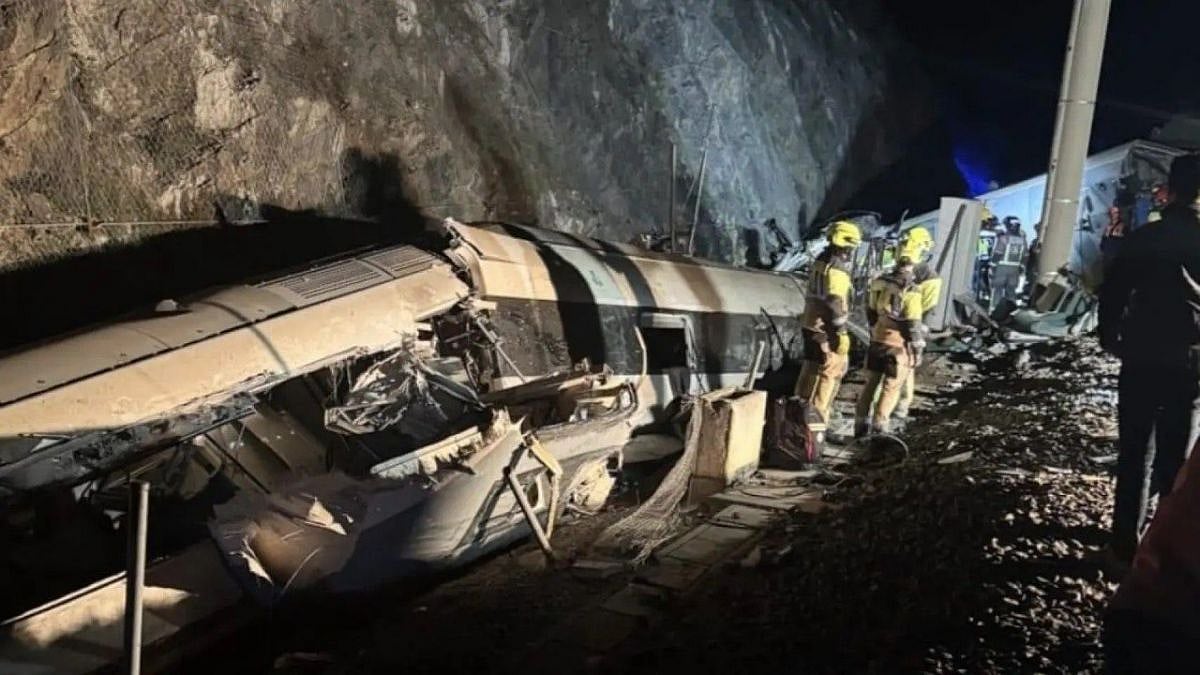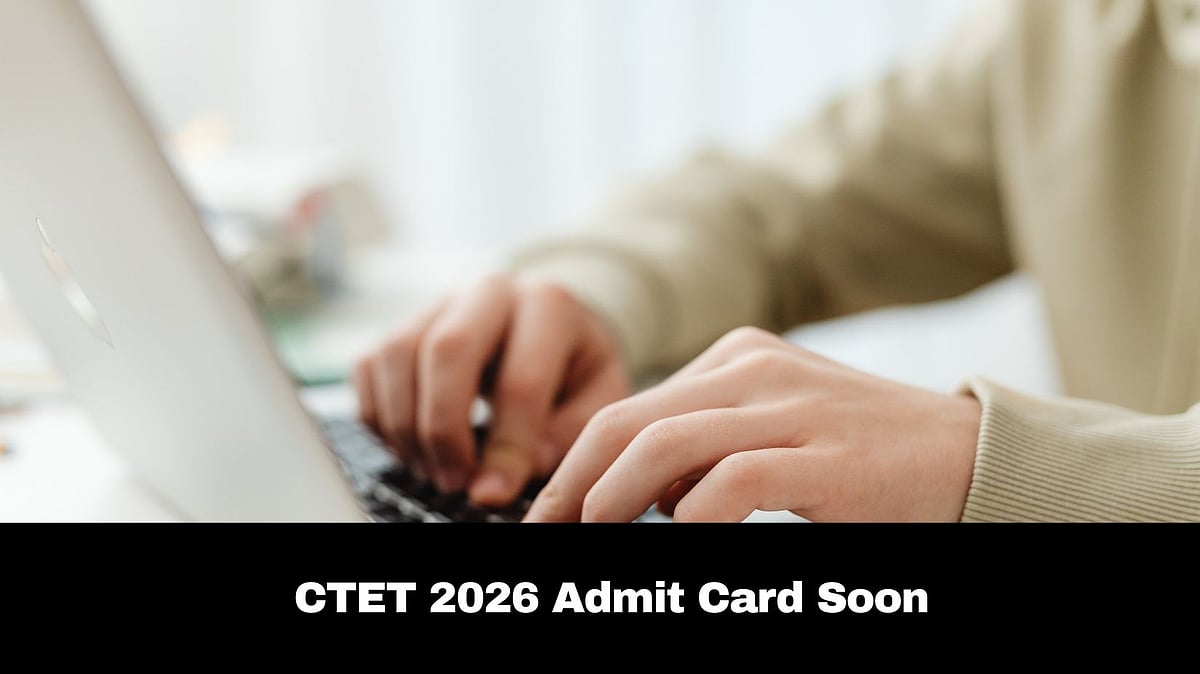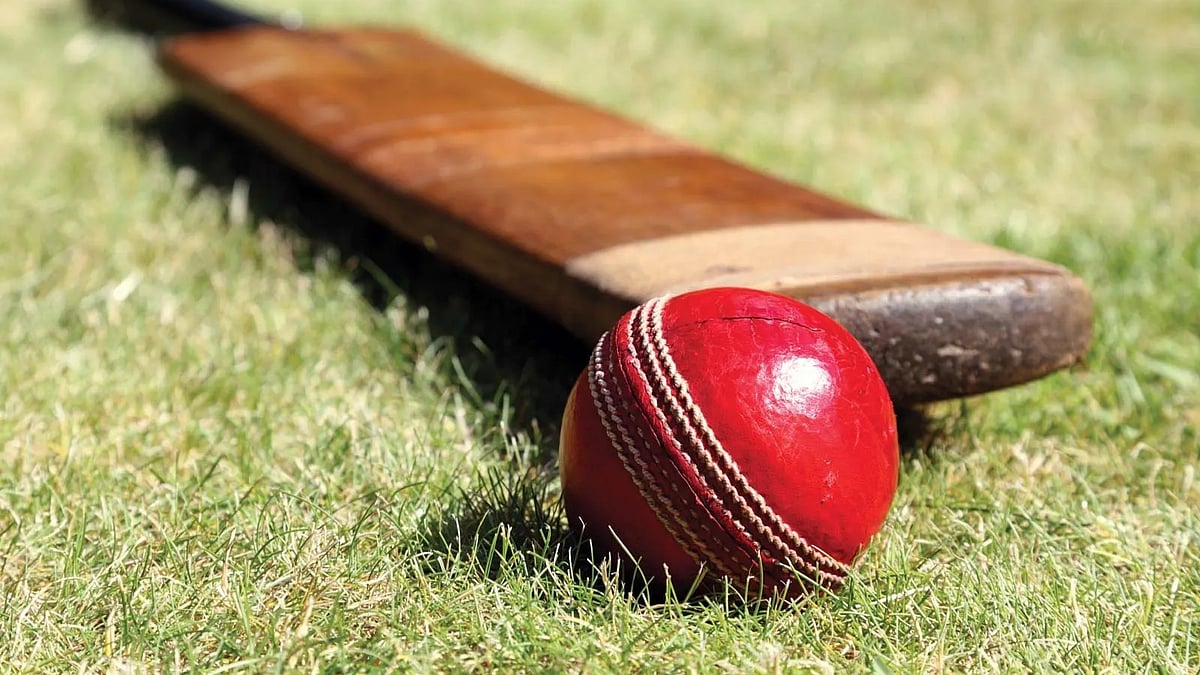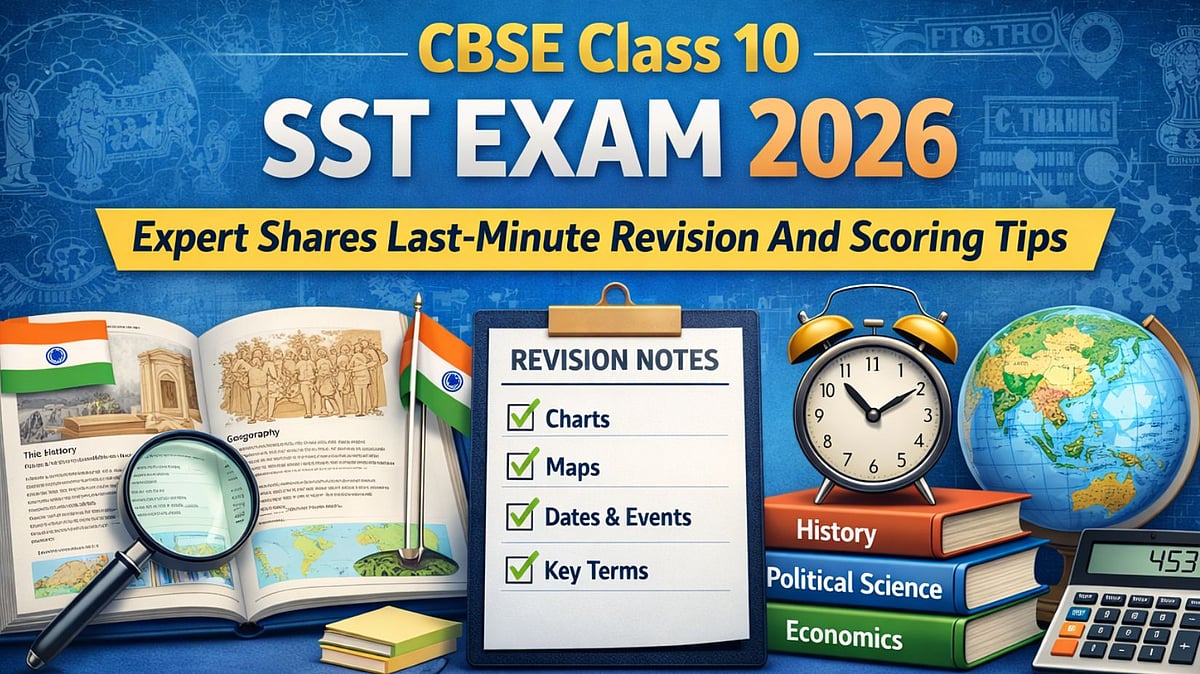New Delhi: The University Grants Commission recently launched the National Credit Framework (NCrF), a broad enabling framework for all regulatory organizations and all universities, including institutions of national importance.
This meta-framework consists of three verticals:
• National School Education Qualification Framework (NSEQF)
• National Higher Education Qualification Framework (NHEQF)
• National Skills Qualification Framework (NSQF)
What is credit, and how do students earn credits?
Credit is the recognition that a learner has completed a prior course of learning, corresponding to a qualification at a given level. Simply put, one credit corresponds to 30 notional learning hours in a year of two semesters. Every semester a student is required to earn a minimum of 20 credits.
A student earns 40 credits in one year corresponding to 1200 notional learning hours. But students can also earn more than 40 credits in a year.
NCrF also mentions levels of school education, higher education, and vocational & skill education. What is the meaning of these levels, and how do students progress from one level to another?
he entire school education for the first time in India has level assignments. School education is assigned Level 0 to Level 4. When a student completes Class V, the student is placed at level 1. After completing middle school (Class VI to VIII), the student reaches level 2. Completion of high school (Class IX and X) corresponds to level 3, and Senior Secondary School (Class XI and XII) corresponds to level 4. The credits earned by a student during the entire schooling will be 160 credits.
Higher education levels start from Level 4.5 and end at Level 8. A three years bachelor's degree will have levels 4.5, 5, and 5.5 corresponding to the first year, second year, and third year. Every year, a student has to earn 40 credits to move to the next level, and by the end of a three-year bachelor's degree, the student will have earned 120 credits.
Level 6 corresponds to 4-year bachelor's degree, Level 6.5 corresponds to a two-year Master's degree for those with a three years bachelor's degree, and Level 7 corresponds to a two-year Master's degree for those with a four-year undergraduate engineering degree and Ph.D. degree is at level 8. When a student completes a Ph.D., the earned credits would be 8x40 = 320.
Vocational and skill education is also spread from level 4.5 to level 8, so there is equivalence between general and vocational & skill education regarding credits earned at each level. This helps the students to quickly move from one education stream to the other by having the equivalent levels and total credits corresponding to these levels.
What learning modes are permitted in NCrF, and how does one earn credits if the learning methods are different?
The credit assignment is a function of the total hours of learning put in a student in a year versus the full credits available in a year. The learning hours, irrespective of the mode of learning (offline, online, or blended), shall continue to follow the broad principles specified in NCrF. This will enhance the extensive use of technology in education.
How do students store and redeem the credits earned by them to obtain the corresponding qualifications?
Credits accumulated by each student shall be stored in the Academic Bank of Credits (ABC) technology platform. ABC enables every student and educational institution to digitally keep a record of all the credits earned and accumulated throughout life in a standard account. ABC can be used to store irrespective of the type of learning, i.e., academic, vocational, or experiential learning.
Does it mean that even experiential learning can be credited and used for acquiring qualifications?
Yes. NCrF provides the opportunity for creditization and progression pathways for other learnings not credited earlier for awarding a certificate, diploma, and degree for encouraging lifelong learning.
Can you explain how credits earned in one stream can be used while joining another stream?
For example, an ITI pass out (2 years after 10th) along with an additional language course from NIOS attains equivalence of Class 12th certificate along with ITI-National Trade Certificate, which will enable the students to join in a University like any other 12th pass out student.
Similarly, A 5th-grade student with total accumulated credit points of 200 over the years and undertaking a particular bridge course is eligible to appear for the 8th-class examination. Once the student clears it, he will be in grade 8th pass and can continue with 9th grade onwards through mainstream education.
What forms of other learnings can be credited?
Informal learning taking place from learners' involvement in activities in schools or colleges is one example.
Non-formal learning, such as mastering a special training, skill, or knowledge outside a formal learning environment. Or any other forms of learning, such as online and distance learning, in a formal, informal, or non-formal way.
But how can one creditize such diverse learnings?
Assessment of learning is a pre-condition for creditizing of learning. NCrF says every learning can be credited subject to achieving the prescribed learning outcomes as determined by an assessment. There are three kinds of credits a student can earn:
i. Credits earned by virtue of completed academic education
ii. Credits earned by virtue of undergoing vocational education, training/ skill program
iii. Credit points earned by virtue of relevant Experiential learning, including relevant experience and proficiency/ professional levels acquired.
Is there any provision for earning credits for gifted students?
NCrF fully supports educational acceleration for students with gifted learning abilities. It provides scope for creditizing national/international achievers in any field but not limited to Sports, Indian Knowledge System, Music, Heritage, traditional skills, performing & fine arts, Master artisans, etc.
After an assessment, an educational institute can give a specific number of credits, for example, to a national-level sports champion. Suppose these earned credits correspond to a particular level. In that case, the student can then move to the next level in University, for example, to earn additional credits and obtain a diploma or degree qualification.
Will other countries recognize our NCrF, and will other countries recognize the qualifications of our students?
The International equivalence and transfer of credits shall be enabled through various multilateral/ bilateral agreements between respective regulators of the countries concerned.











